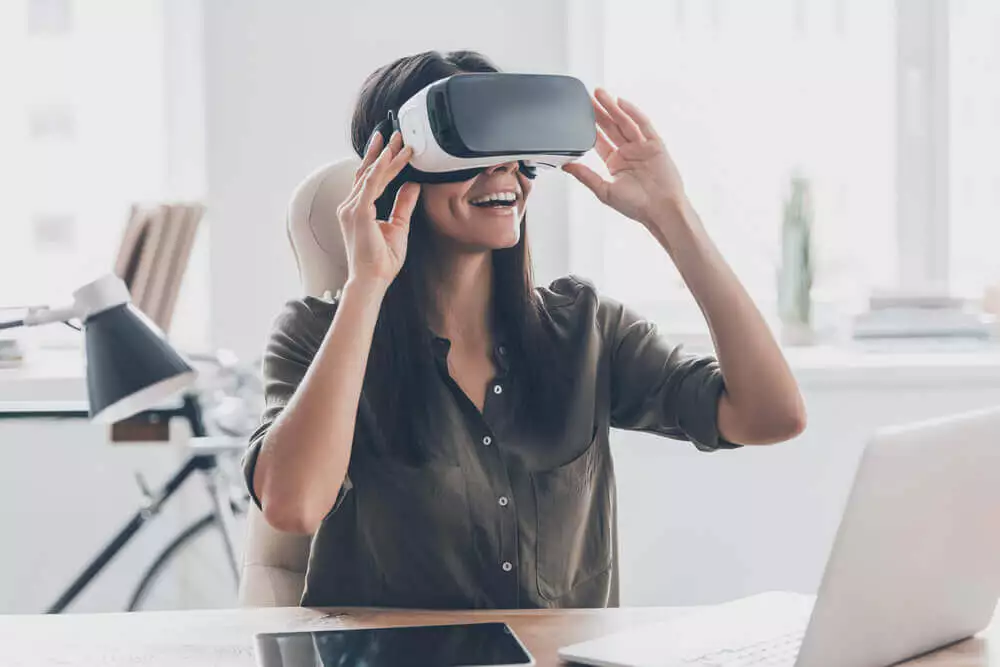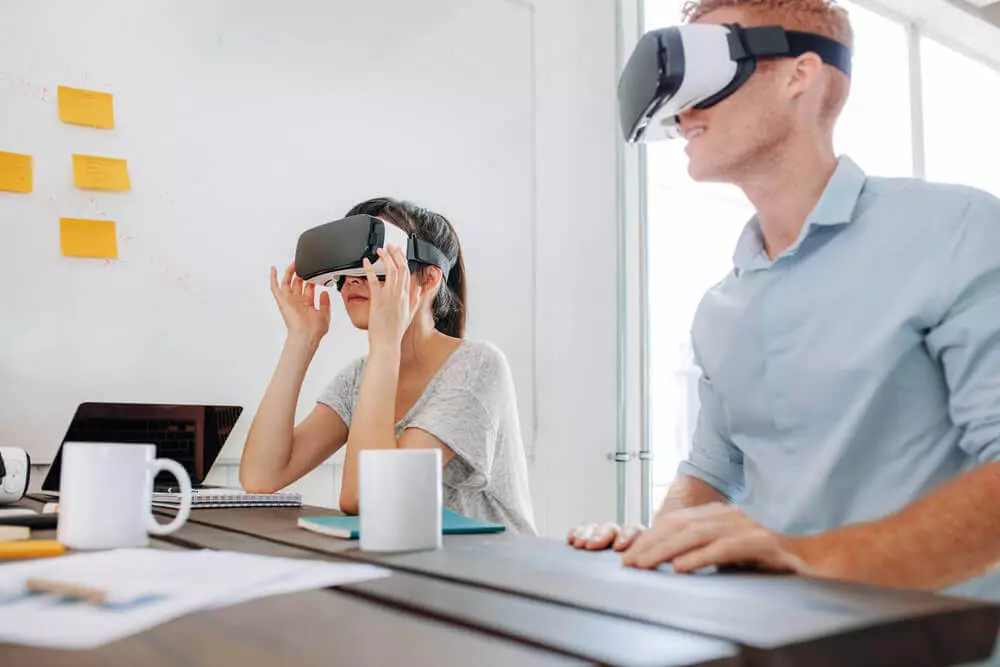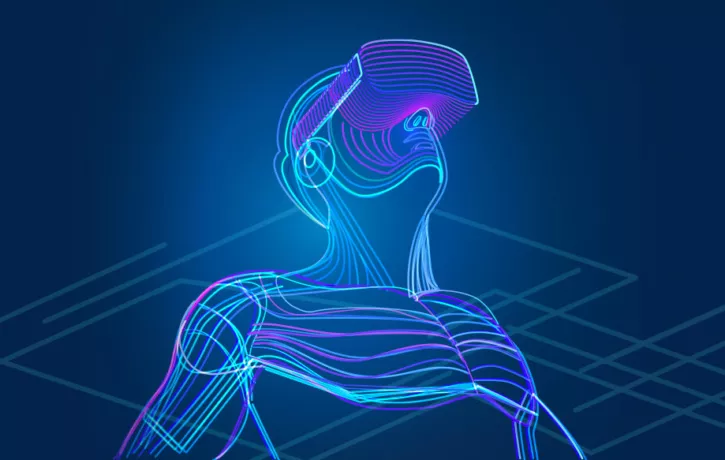Virtual reality is a new technology that is slowly finding its way into all areas of business.
It’s an important tool to have in your toolbox, as it can provide unique forms of marketing, content, and other avenues for people to interact with your brand.
Raise your human resources capabilities to the next level. Discover how.
VR has many practical business applications. One of the most promising is within human resources. Let’s take a look at some of the ways HR can be shaped by virtual reality.
What is virtual reality?

VR is the use of technology to create a simulated environment within a 360 degree video experience.
This could be a battlefield in a video game, or exploring nature as if you were there. It’s a unique experience that no other technology can offer, which is why when it first emerged it was nearly impossible to get your hands on.
Tech experts predict the VR market will be worth $120 billion by 2022, so it’s no surprise companies are working toward integrating this technology into their repertoire. It can be used for many things, and isn’t limited to fun and games.
How HR and VR work together
In HR, it’s important to keep things fresh. Virtual reality can be used in many different areas of the field, but seems to be most valuable to the employee recruitment and onboarding processes.
Recruitment

Many companies have begun using VR for recruiting. For one thing, it reduces costs by removing the need to pay for travel when a potential employee wants to visit the office.
VR gives prospects a real look inside the office instead of reading a description or hearing about it over the phone. They can see around the office, understand the layout and workspace, and even get a feel for employees interactions and potential workflow.
Offering a feature like this in the hiring process can increase a candidate’s interest in a position and the company overall. It also adds a new layer of personalization because it enables companies to be more accommodating to potential hires’ busy schedules.
How General Mills uses VR for recruitment
The General Mills recruiting team has been using VR and Oculus Rift when reaching out to students both in and outside the classroom. It’s simple, but effective.
Using GoPros, General Mills’s IT team created a virtual tour of their headquarters in Minnesota to provide a 360 degree view of the space for students.
They say simply having the VR technology at their booth at career fairs brings people in. “The gear draws a crowd,” says General Mills IT Director Leo Timmons. “We knew it would be an automatic magnet for attention. When you’re trying to standout in a crowded career hall, nothing draws a crowd like a crowd.”
Onboarding

HR is finding creative ways to incorporate virtual reality into onboarding too. There are a handful of common strategies, and some work better than others.
Gamification is one method that is showing success. It’s known to be one of the best onboarding strategies on its own, and incorporating VR has made the experience more fun and immersive.
In general, there are several ways to add VR to the onboarding process. For example, create a video of the CEO walking through the office while explaining the history of the company. If it’s an international company, create a Q&A video of employees from all over the world. When you make a unique experience real and accessible, it’s more likely the employees will show interest and retain the information they hear.
How GE uses VR for employee onboarding
General Electric uses VR to give new employees a unique onboarding experience.
Using VR, new employees “take a trip” to the bottom of the ocean to see the company’s oil and gas recovery machines “firsthand.”
GE uses VR in other departments of the company as well. A VR-based training tool lets new engineers take a look into a nuclear power plant and watch how the equipment works.
According to Kevin Dubray, the GE 3D engineer who created the video, “Customers don’t open nuclear power plants for training visits; they allow access once a year but cannot allow visits every month.”
Thanks to this system new hires are able to see the turbines, learn how they work, and even how to assemble and dismantle them.
Discover for yourself how VR can give your HR a boost
Whether you’re trying to get more people interested in your company, improve new hire onboarding, or just trying to make work more interesting, virtual reality is a smart way to achieve both.
The technology is here to stay, and for good reason. As interest in the technology rises, VR helps companies attract talent and improve onboarding. Try it out for yourself — for HR or just for fun — and see what all the hype is about. You won’t be disappointed.

